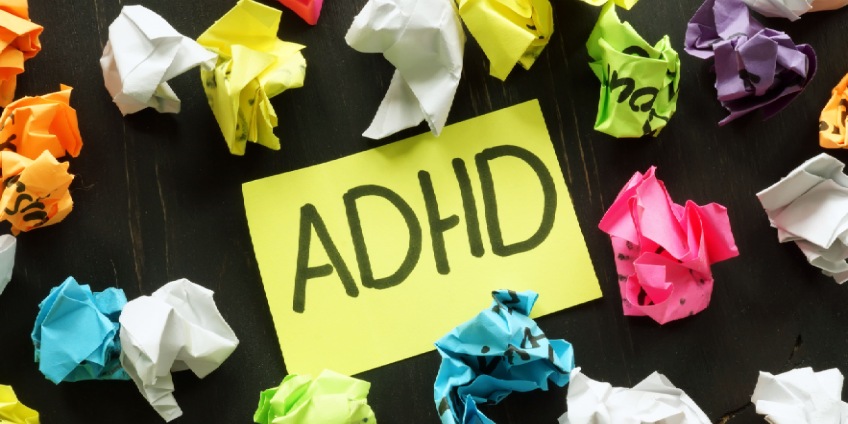I recently discovered that this is one of the main searches in google for 2019. There certainly is a lot of confusion about this constellation of symptoms that have been named ADHD (Attention Deficit Hyperactive Disorder). In my earlier years in pediatric practice, the name used for people who couldn’t concentrate or pay attention was Minimal Brain Dysfunction (MBD)…not exactly an appropriate way to describe this common problem for both children and adults.
There has been a lot of research in the cause of ADHD. What we know is that it is a neurodevelopmental disorder affecting both children and adults. Research indicates that the frontal lobe is delayed in its development and causes children and adults to have problems with attention, concentration, focus, and impulse control. Imaging studies show that the frontal lobes are smaller in individuals with the symptoms of ADHD. That doesn’t mean that there are not other factors that also influence the behavior of these people. ADHD tends to run in families so there is definitely a genetic component.
The frontal lobe, especially the prefrontal cortex, governs emotional drive, motivation and planning. The frontal lobe controls “executive functions.” Frontal lobe impairment can lead to problems with goal setting and follow through on projects or plans.
According to the DSM-5 there are 3 presentations of ADHD:
- Predominantly inattentive
- Predominantly hyperactive-impulse presentation
- A combination of both
ADHD predominantly inattentive
- Doesn’t pay attention and makes careless mistakes about details
- Doesn’t listen well
- Trouble with follow through with instructions
- Avoids or dislikes tasks that require sustained attention
- Loses things
- Easily distracted
- Forget in daily activities
ADHD predominantly hyperactive/impulsive
- Can’t sit still or remain seated
- Fidgets and squirms
- Runs about; extreme restlessness in adults
- Talks too much
- Can’t be quiet
- Blurts out answers before question completed
- Can’t take turns easily
- Interrupts or intrudes on other’s space
Combined presentation
Meets criteria of both
At Healing Unleashed we take a holistic approach to all of our patients, no matter the chief complaint. A careful history and physical is done, followed often by doing an EEG (electroencephalogram) to asses brain function. From the raw EEG data, quantitative EEG (QEEG) is obtained and brain maps are created.
Click HERE to learn about QEEG
We also recommend blood test to measure thyroid function, complete blood count, metabolic profile and other more specialized functional medicine tests. Depending on the findings of the EEG, we may recommend neural therapy to help the brain function more optimally, often followed with neurofeedback training.
We have helped hundreds of children and adults with ADHD attain new levels of success in school and work with our safe and effective neural therapy program.
For more information please call Dr. Bedinghaus at 303-986-0492 for a complimentary phone call.
And please click here to hear an inspiring testimonial from some of our happy patients.





